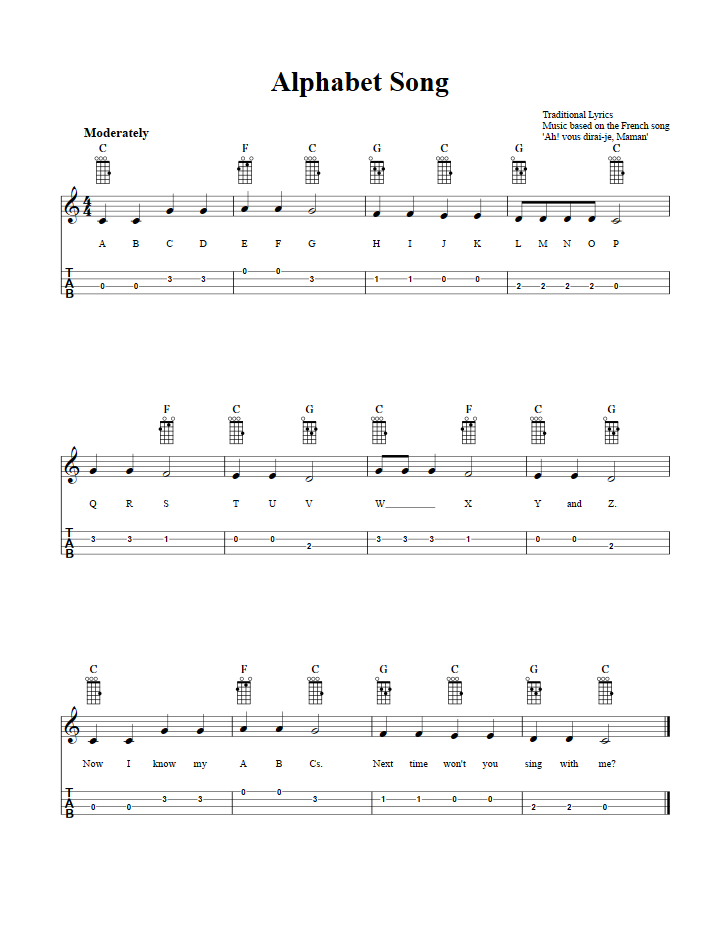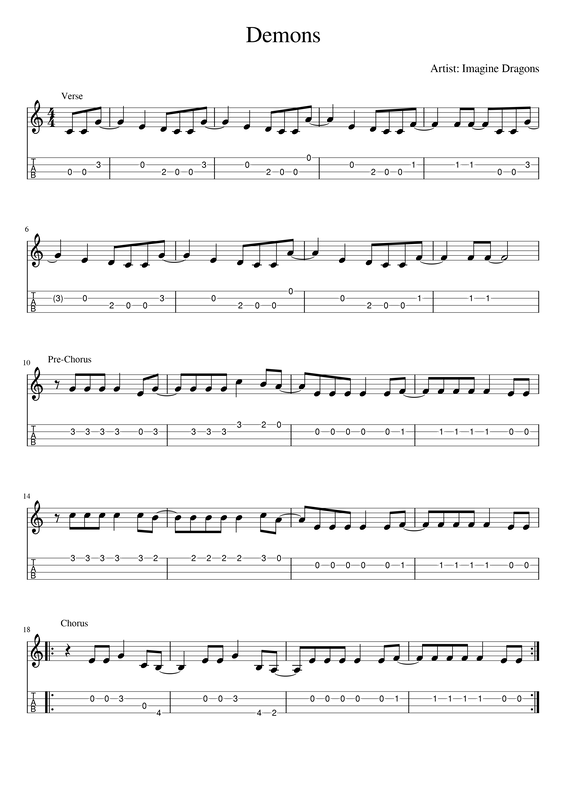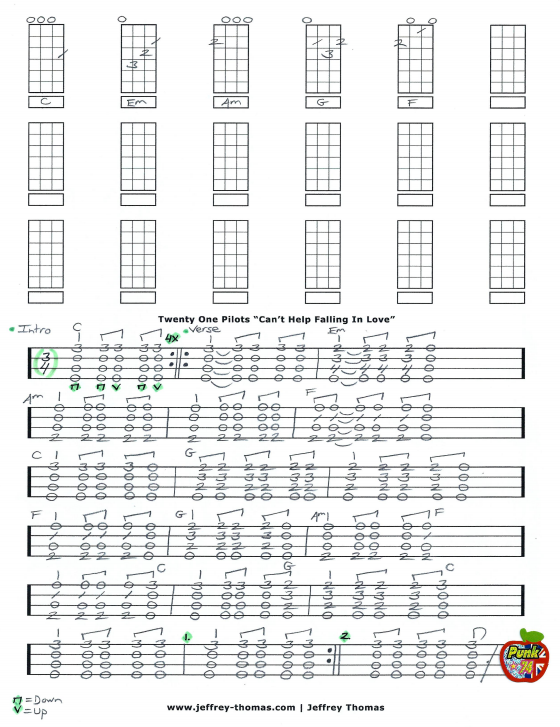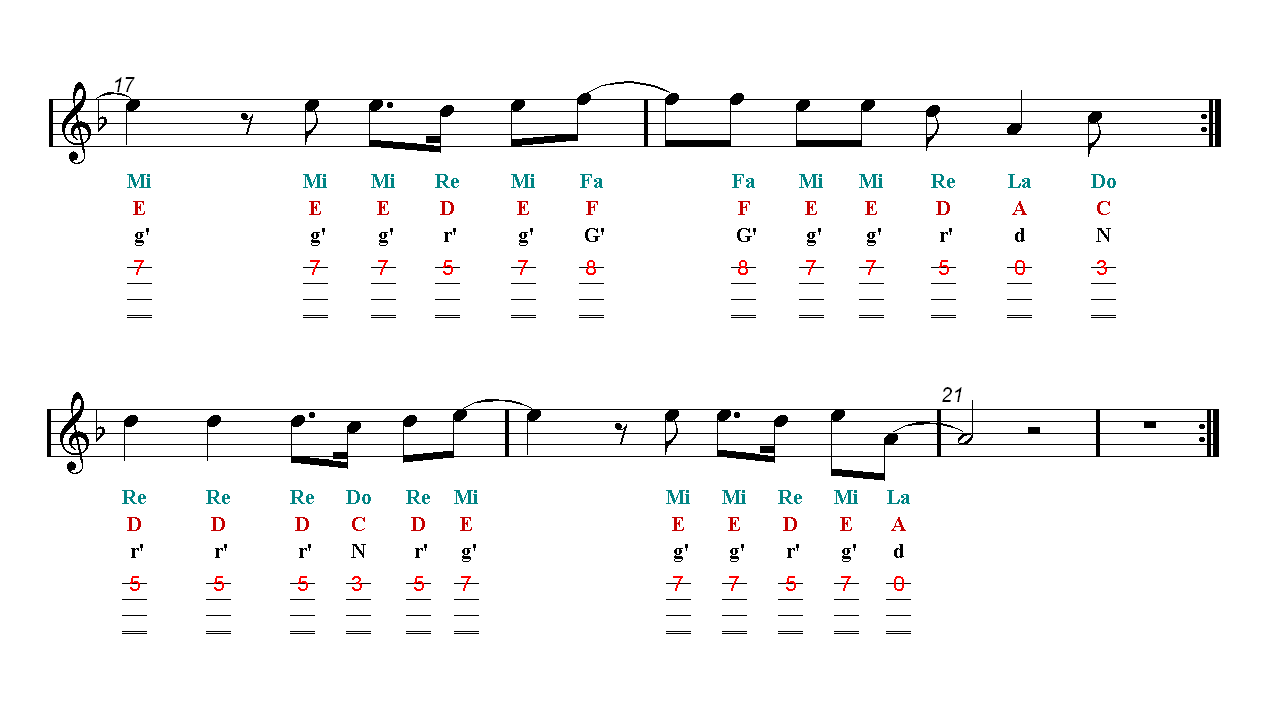

If you didn’t already know that, I’d imagine that this is a bit of a lightbulb moment for you. Those 4 horizontal lines relate to the strings on your ukulele. Ukulele tab comprises of numbers and lines. It’s all very logical when you see it for what it is. It’s actually very simple to understand though and quite easy to get up to speed with quickly. It can be a little daunting when you first experience a piece of music written down in tab form. Read the full series here: How To Read Ukulele Tab.Following a few requests I’ve finally decided to put together this guide to show you how to read ukulele tab. This series was derived from my ebook Ukulele 101: 101 Things Every Ukulele Player Needs to Know. In this example, we bend the note up half a step so that, once it’s bent, it has the same pitch as a note played at the eighth fret. ½ means you bend the note up half a step (one fret), 1 means you bend it up one step (two frets). This shows how far upwards the bend should be. This raises the pitch of the note.īends are tabbed with an arrow curved upwardsĪt the end of an arrow is a number. The are indicated by a small number before the main note.īends are fairly rare in ukulele playing but they do crop up sometimes.īends are produced by plucking the string the pushing it up (towards your head) or down (towards the ground). They can be slides, hammer-ons or pull offs. Grace notes are very short notes played before the main note and connected by an arch. The bigger the waves, the wider the vibrato.

This can be used to create a much wider vibrato. The blues/rock vibrato technique involves bending and releasing the string repeatedly.


The classical technique is to slide your fretting finger back and forth within the fret you’re playing. There are a couple of ways of producing vibrato. As the ukulele is relatively quiet and notes die away quickly, this technique is not used very often. This is used particularly when playing melodies as it emulates the way notes tend to be sung.


 0 kommentar(er)
0 kommentar(er)
